Developing T-shirts in a zero-waste design requires a lot of research and study to ensure that it is suitable as a process in different production situations. That's why our no.wasTee LAB brings together different areas of expertise to develop a careful, rigorous and auditable industrial process
about circularity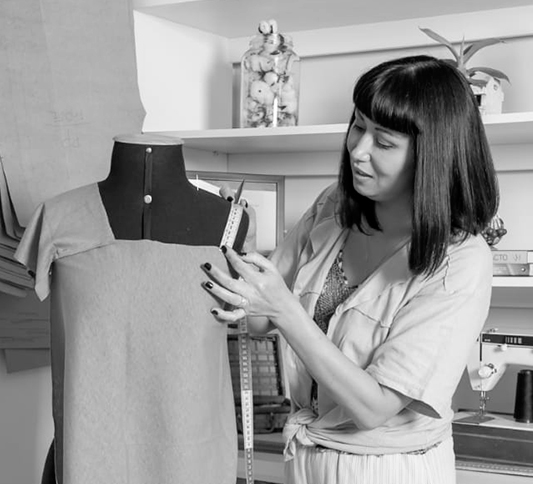
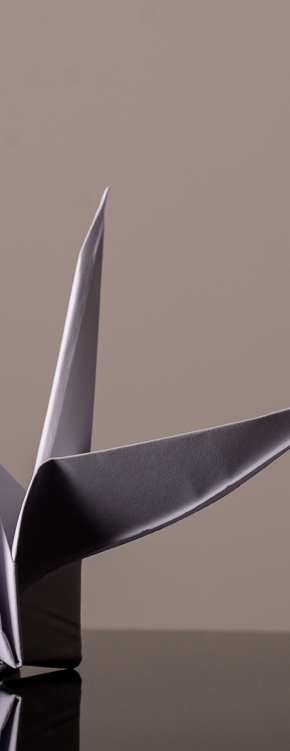
The fact is that it seems very simple to model and produce T-shirts from straight and oblique shapes in order to get the most out of the fabric when cutting. However, it's neither that simple nor that easy, as achieving comfort and ergonomics in this type of modeling requires a lot of technique and research into the characteristics of both the raw materials and the bodies that will wear these shirts.
That's why we are constantly developing designs aimed at the different personas of the various segments of the fashion industry. We explore the DNA of a good T-shirt, ensuring maximum use of resources, with careful monitoring of processes and traceability of all this information to the end consumer. Because it's not enough to say you do it, you need to prove the zero waste of the design through the material utilization coefficient in auditable information.
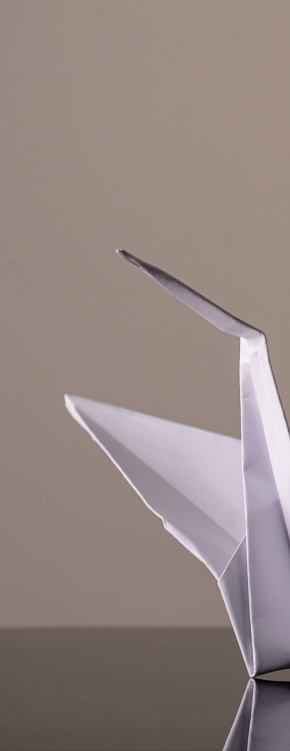
It's a challenge of huge proportions when we think about large-scale production, far away from the small, easily controllable workshops. So our LAB is mainly focused on developing scalable and replicable solutions for industrial production models, with a view to generating less pre- consumption waste from the huge demand for T-shirts.
By the way, have you ever stopped to think about how many t-shirts you wear in a week?
Your company can reduce waste by increasing productivity and profit in T-shirt production. How? Contact us and find out more about our innovative T-shirt manufacturing process.
In addition to the design and high performance of the raw materials, we share all the process tracking with you and your client. Everyone wins with a planet with less pollution and more beauty!
b2b
there is no waste in nature
waste is a design failure
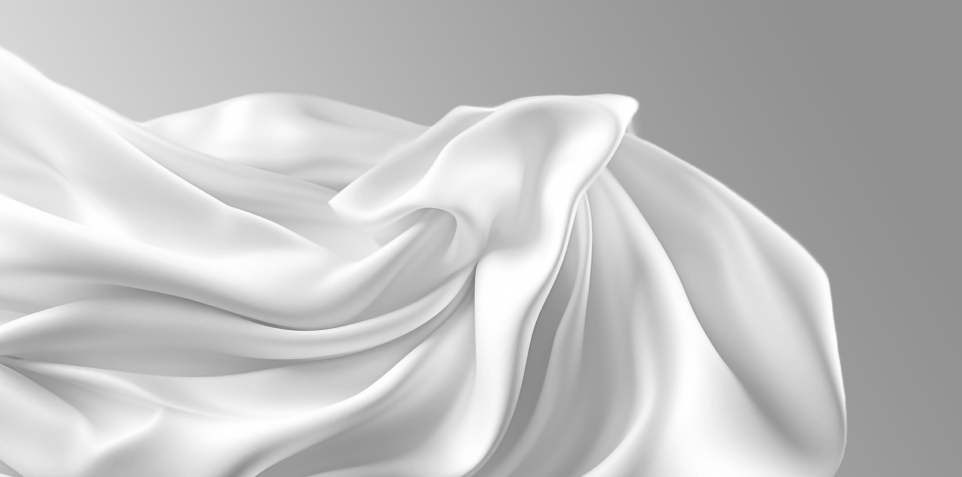
“Waste and pollution don't exist by chance: they are the result of design decisions. In the same way, the destruction of wildlife to extract resources only happens because of the way we make and use products and materials. By incorporating the principles of the circular economy throughout the design process, we can make the economy work for people, for business and for nature.”
ELLEN MACARTHUR FOUNDATION, 2024





Zero-waste design is a circular approach, as it not only delivers high production performance but also plans the entire lifecycle of each piece. This way, it shares the responsibility for this asset's impact on the planet with the end consumer. Join us in diversifying reuse options and ensuring responsible disposal for every item produced.

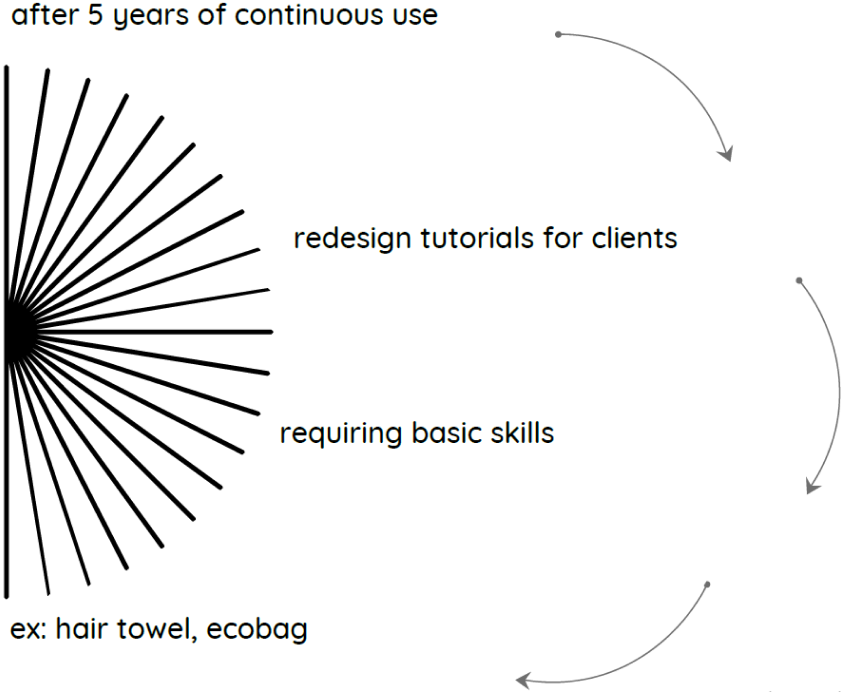
we've prepared some suggestions for reframing and reusing T-shirts and their materials for you to instruct your client, like the video below.

